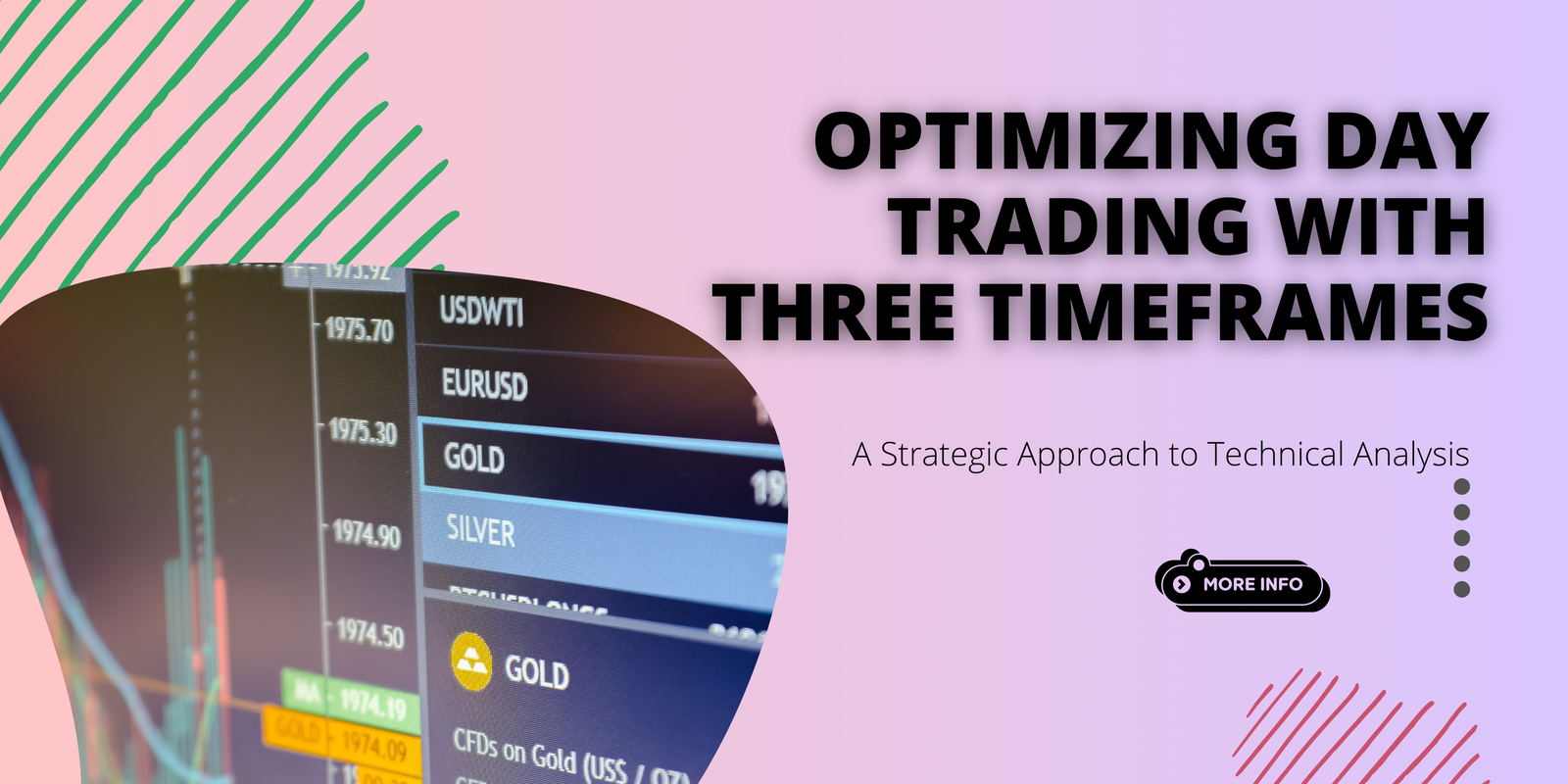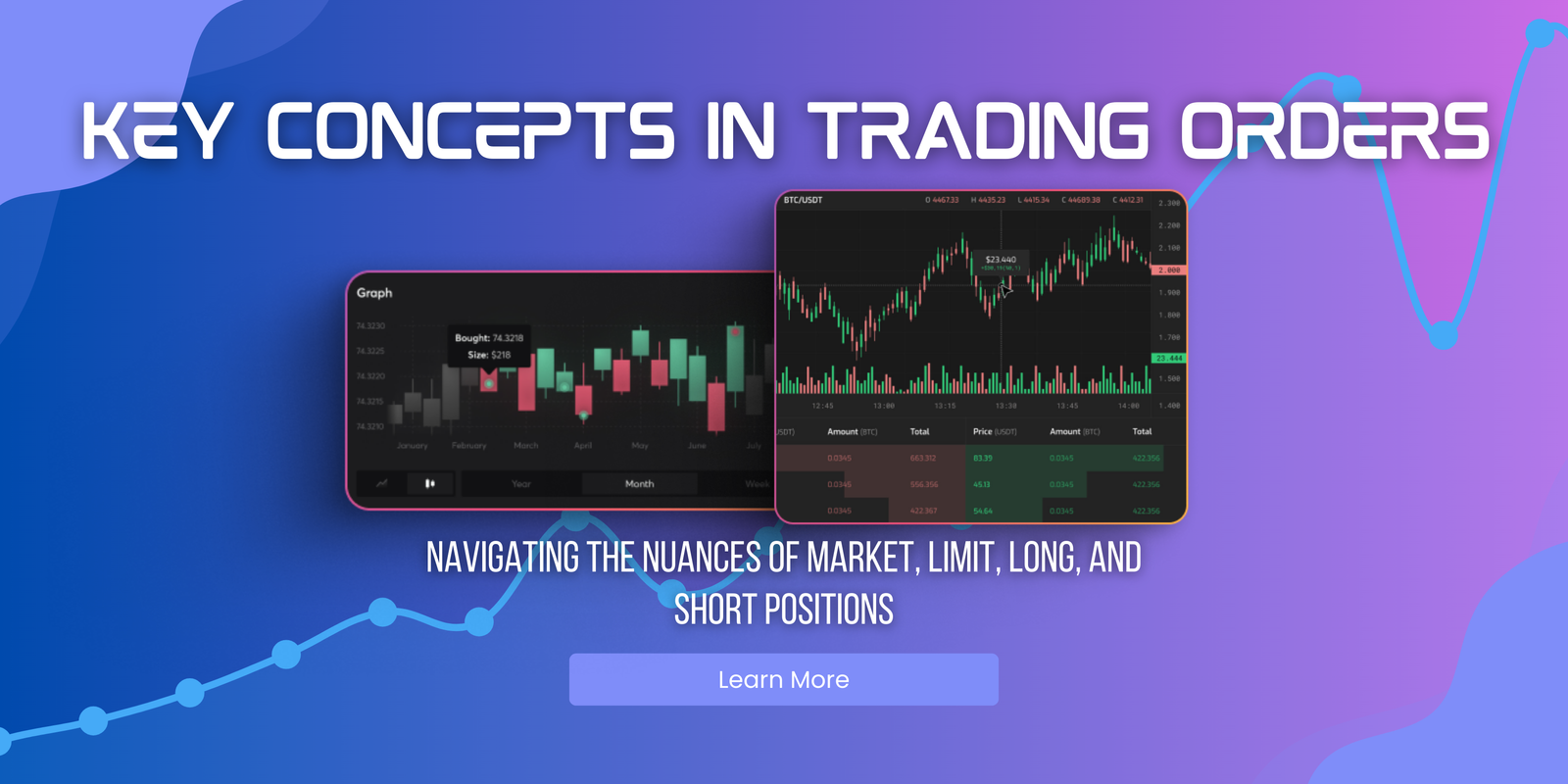Developing a Trading StrategySetting clear goals and objectivesSetting clear goals and objectives is essential for successful cryptocurrency trading. Without a clear direction, it is easy to get overwhelmed and make impulsive decisions. By setting specific and achievable goals, traders can create a roadmap that guides their actions and helps them stay focused. These goals can …
Potential Strategies for Effective Cryptocurrency Trading : Part 2 of 3

Developing a Trading Strategy
Setting clear goals and objectives
Setting clear goals and objectives is essential for successful cryptocurrency trading. Without a clear direction, it is easy to get overwhelmed and make impulsive decisions. By setting specific and achievable goals, traders can create a roadmap that guides their actions and helps them stay focused. These goals can include profit targets, risk management strategies, and time-based milestones. Additionally, having clear objectives allows traders to measure their progress and make necessary adjustments to their trading approach. Overall, setting clear goals and objectives provides structure and discipline, increasing the likelihood of profitable trading outcomes.
Determining risk tolerance
Determining risk tolerance is a crucial step in successful cryptocurrency trading. It involves assessing how much risk an individual is willing to take on in order to achieve their investment goals. By understanding their risk tolerance, traders can make informed decisions about the types of cryptocurrencies to invest in, the amount of capital to allocate to each trade, and the strategies to employ. Factors such as financial stability, investment experience, and personal preferences all play a role in determining risk tolerance. It is important for traders to be honest with themselves and to establish a risk tolerance that aligns with their financial situation and investment objectives.
Choosing the right trading indicators
When it comes to choosing the right trading indicators for cryptocurrency trading, it is important to consider a few key factors. Firstly, it is crucial to understand the specific indicators that are commonly used in the cryptocurrency market, such as moving averages, relative strength index (RSI), and stochastic oscillators. These indicators can provide valuable insights into market trends and help traders make informed decisions. Additionally, it is essential to consider the time frame in which the indicators are being used. Short-term traders may focus on indicators that provide quick and timely signals, while long-term traders may prefer indicators that offer a broader perspective. Lastly, it is important to constantly evaluate and adjust the chosen indicators based on market conditions and individual trading strategies. By selecting the right trading indicators and adapting them to the specific needs and goals of the trader, one can increase the chances of success in cryptocurrency trading.
Technical Analysis
Understanding candlestick charts
Candlestick charts are a popular tool used by cryptocurrency traders to analyze price movements. These charts provide valuable information about the opening, closing, high, and low prices of a cryptocurrency within a specific time period. By understanding candlestick charts, traders can identify patterns and trends, and make informed decisions about when to buy or sell cryptocurrencies. The body of a candlestick represents the price range between the opening and closing prices, while the wicks or shadows indicate the highest and lowest prices reached during the time period. Different candlestick patterns, such as doji, hammer, and engulfing, can provide valuable insights into market sentiment and potential price reversals. Therefore, a solid understanding of candlestick charts is essential for successful cryptocurrency trading.
Identifying support and resistance levels
Support and resistance levels are key concepts in cryptocurrency trading. Identifying these levels can help traders make informed decisions and improve their trading strategies. Support levels are price levels at which the cryptocurrency has historically had difficulty falling below, indicating a potential buying opportunity. Resistance levels, on the other hand, are price levels at which the cryptocurrency has historically had difficulty surpassing, indicating a potential selling opportunity. By analyzing these levels, traders can determine the potential direction of the market and adjust their trading positions accordingly. It is important to note that support and resistance levels are not set in stone and can change over time as market conditions evolve. Therefore, it is crucial for traders to continuously monitor and update these levels to stay ahead in the cryptocurrency trading game.
Using moving averages and other technical indicators
Moving averages and other technical indicators are essential tools for effective cryptocurrency trading. By using moving averages, traders can identify trends and make informed decisions about when to buy or sell. These indicators help traders understand the market sentiment and predict future price movements. Additionally, technical indicators such as the Relative Strength Index (RSI) and the Moving Average Convergence Divergence (MACD) can provide valuable insights into market conditions. By combining these indicators with other analysis techniques, traders can develop a comprehensive trading strategy that maximizes their chances of success.







